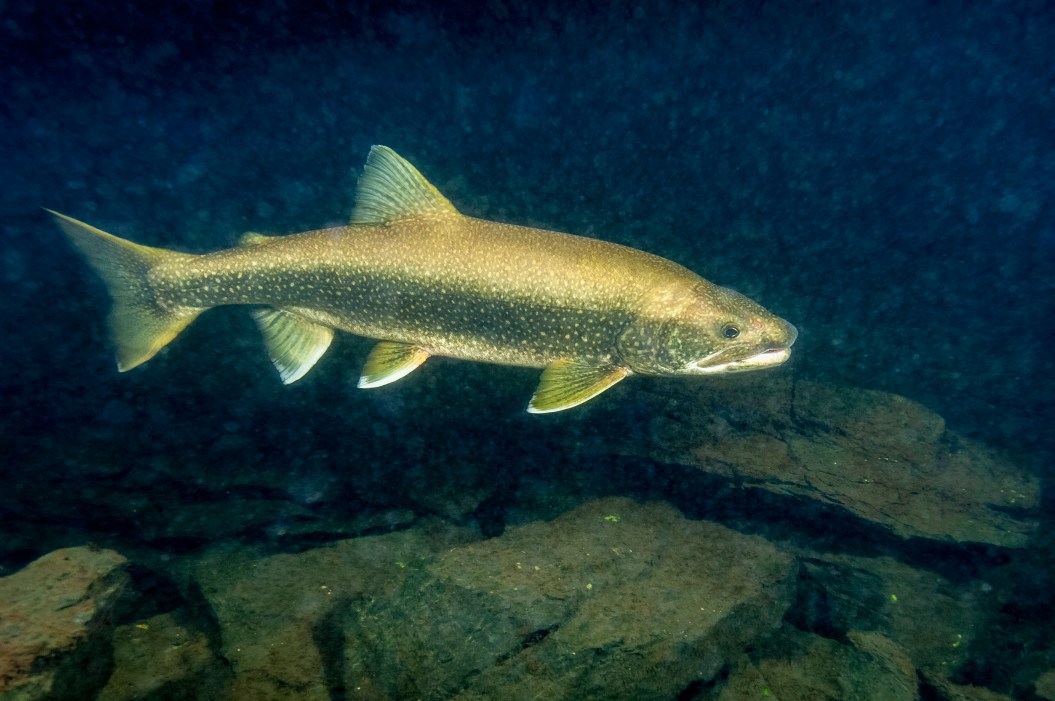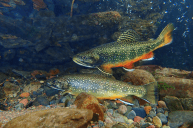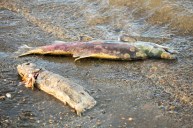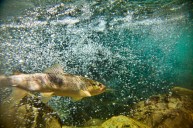New York's Adirondack Mountains are well-known for their crystal-clear lakes, which historically have provided an ideal habitat for cold-water-loving fish such as lake and brook trout. But that could end within a few decades, according to the results of a newly released study from Cornell University and Rensselaer Polytechnic Institute. A combined team of biologists and natural resource specialists has concluded that many of the Adirondacks' lakes are losing the ideal lake habitat conditions that trout and other fish require as they're squeezed by both warming water temperatures and what's known as "water browning."
Water browning is the term that describes long-term changes that occur in lake water when residual organic material builds up and turns the water tea-brown and cloudy. This reduces water clarity, increases water temperature at the surface, and reduces the amount of oxygen within the water. Particularly in late summer, the scientists found, water browning is deoxygenating the vital cold-water lake depths that lake and brook trout need to survive.
The results of the study, which was published in Proceedings of the National Academy of Sciences, paint a grim picture. If water browning continues in the Adirondacks, many of the lakes that currently house native trout populations could become uninhabitable for the iconic species.
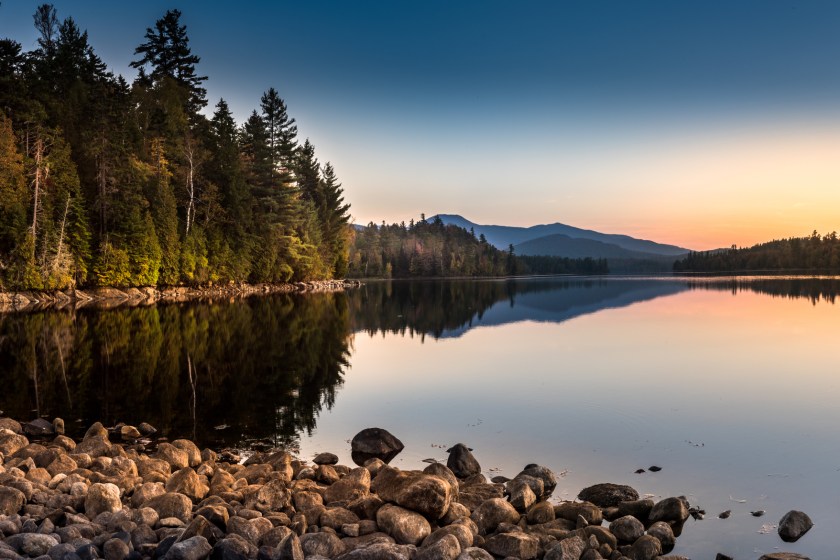
Getty, Frank DeBonis
The study analyzed data that had been collected from lake water samples sourced from 28 Adirondack lakes over a 20-year period. Additionally, researchers cross-referenced an additional set of data created by others who conducted field work involved in assessing water conditions at 15 lakes in the Adirondacks in 2021. They discovered that, over time, lake surface temperatures have been increasing, as has the measurable amount of water browning in regional lakes. The combination of hotter lake surface temperatures and larger deoxygenated zones in their depths appear to be "squeezing" trout populations out of their prime habitat. All of this correlates to an overarching, long-term shift as climate change increases temperatures worldwide.
In the Adirondacks, water browning poses a very real and tangible threat to lake and brook trout populations. Brook trout need clear, cold, spring-fed water with stable flow and temperature to survive, and ideally a rocky bottom with no silt or residual buildup. Water browning, if it continues, will directly destroy these habitat conditions in many of the surveyed lakes.
"It's imperative that we protect the modest number of buffered lakes in the Adirondacks from species invasions, nutrient and salt pollution, and other forms of environmental degradation," said Peter McIntyre, the paper's senior author. "After a few more decades of browning, most Adirondack lakes will become either too warm or too deoxygenated to support trout populations. This is a radical departure from the past, when trout fisheries in numerous lakes were celebrated by locals and tourists alike."
READ MORE: Why Freshwater Fish Are At Risk of Mass Extinction
